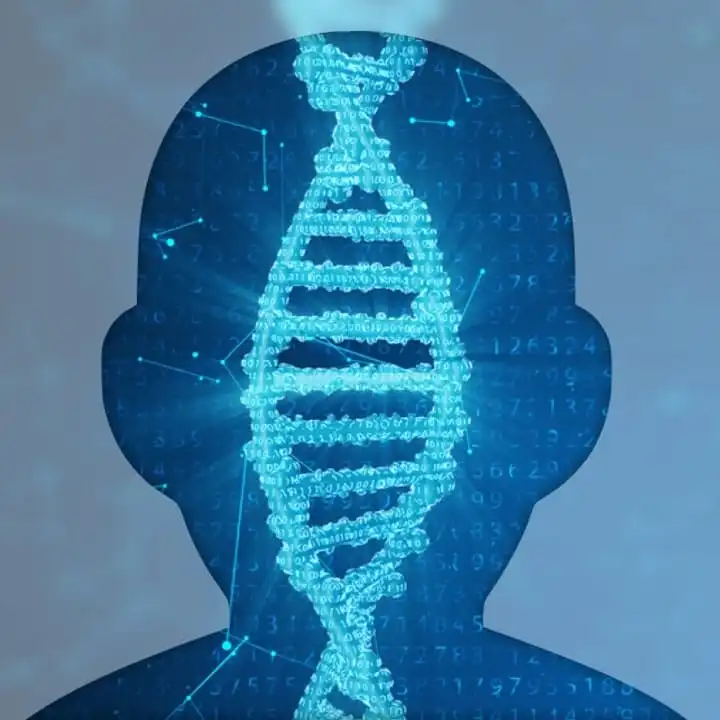What is Microcephaly, short stature, and limb abnormalities syndrome (MISSLA)?
Microcephaly, short stature, and limb abnormalities syndrome is a rare disease which presents with intrauterine growth retardation (this affects the growth of the fetus before it is born), a small head, short stature, and abnormalities affecting the limbs in particular.
What gene changes cause Microcephaly, short stature, and limb abnormalities syndrome (MISSLA)?
The syndrome is caused by changes in the DONSON gene, which can be found on chromosome 21q22. Mutations in this gene can also cause a more severe form of the syndrome, which presents with micromelia.
It is inherited in an autosomal recessive pattern.
What are the main symptoms of Microcephaly, short stature, and limb abnormalities syndrome (MISSLA)?
Global developmental delay and mild intellectual disability are symptoms of the syndrome.
Limb anomalies include short fingers and toes (brachydactyly), a shortening of the lower parts of the limbs (mesomelia), and a permanent curving of the 5th finger of the hand (clinodactyly of the 5th finger).
Skeletal anomalies are also common with the symptoms. These include delayed skeletal maturation and growth, rib abnormalities, and a small head (microcephaly). A short stature is also common with the syndrome, as well as restricted growth before birth.
How is it diagnosed?
To find out if someone has a diagnosis of Microcephaly, short stature, and limb abnormalities syndrome (MISSLA), it is important to have a consultation and evaluation with a clinical genetic specialist. Specialists may also suggest specific genetic testing or other types of tests to help reach a diagnosis. FDNA’s AI technology can help speed up the diagnostic process by analyzing facial features and other health information.
